Title: Vintage Ceramic Tile: Understanding Purchase Pricing and Preparing for Installation Introduction: When it comes to home renovation and design, vintage ceramic tiles have gained popularity due to their timeless appeal and durability. Whether you are a homeowner enhancing your living space or a business owner revamping your establishment, purchasing vintage ceramic tiles requires careful consideration of both the purchase price and the preparation method. In this article, we will explore the factors influencing vintage tile pricing and provide a comprehensive guide for preparing your space for their installation. 1. Factors Influencing Vintage Ceramic Tile Pricing: a. Authenticity and Rarity: Genuine vintage ceramic tiles that are no longer in production are highly sought after and can command higher prices. The rarity and uniqueness of certain styles, designs, or manufacturers can significantly impact the price.
ceramic tile
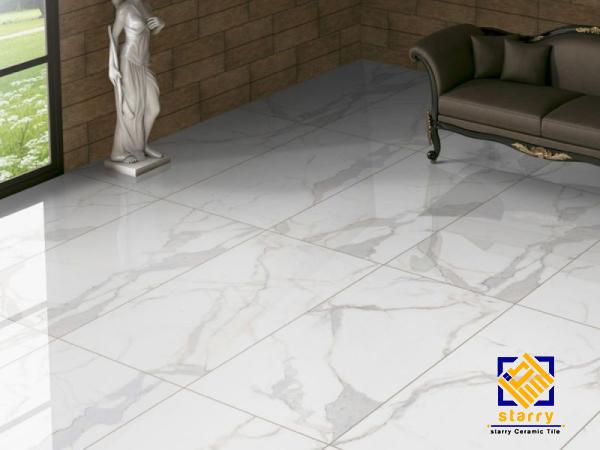 b. Condition and Age: The condition of the vintage tiles is paramount in determining their price. Tiles with minimal or no damage and signs of wear will typically be priced higher. The age of the tiles may also play a role, as older tiles with historical significance can be more expensive. c. Material and Construction: The type of ceramic used and the level of craftsmanship in the tile’s construction can affect its pricing. Hand-painted or hand-glazed tiles, for example, may be priced higher for their artisanal quality compared to mass-produced tiles. d. Size and Quantity: The size and quantity of the tiles required can influence the price. Rare, larger-sized tiles may come at a premium, while buying tiles in bulk may offer discounts. 2. Preparing for Vintage Ceramic Tile Installation: a. Measuring and Planning: Before purchasing vintage ceramic tiles, accurately measure the installation area to determine the quantity needed.
b. Condition and Age: The condition of the vintage tiles is paramount in determining their price. Tiles with minimal or no damage and signs of wear will typically be priced higher. The age of the tiles may also play a role, as older tiles with historical significance can be more expensive. c. Material and Construction: The type of ceramic used and the level of craftsmanship in the tile’s construction can affect its pricing. Hand-painted or hand-glazed tiles, for example, may be priced higher for their artisanal quality compared to mass-produced tiles. d. Size and Quantity: The size and quantity of the tiles required can influence the price. Rare, larger-sized tiles may come at a premium, while buying tiles in bulk may offer discounts. 2. Preparing for Vintage Ceramic Tile Installation: a. Measuring and Planning: Before purchasing vintage ceramic tiles, accurately measure the installation area to determine the quantity needed.
Specifications of ceramic tile
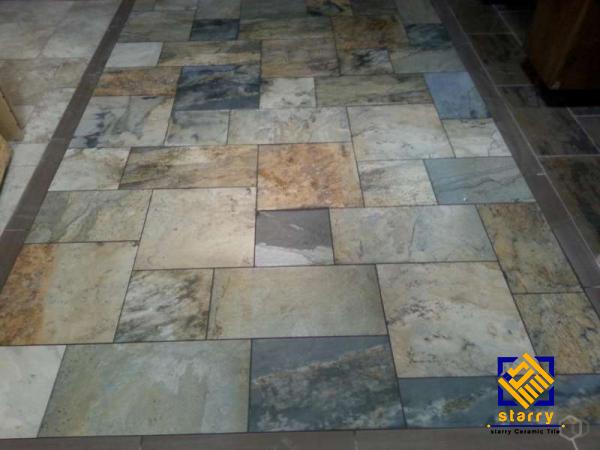 Consider any cutting or additional tiles required for wastage or future repairs. Create a layout plan to visualize the tile arrangement and ensure a smooth installation process. b. Surface Preparation: Ensure that the surface where the tiles will be installed is clean, dry, and free from any debris or existing tile remnants. Repair any cracks or imperfections, and ensure that the surface is level. If necessary, apply a suitable primer or adhesive to create a sound base for the tile installation. c. Acclimatization: Vintage ceramic tiles need time to adjust to the temperature and humidity of the space before installation. Leave the tiles in the designated area for at least 24-48 hours, allowing them to acclimate to the environment. This will help prevent any changes in size or shape after installation.
Consider any cutting or additional tiles required for wastage or future repairs. Create a layout plan to visualize the tile arrangement and ensure a smooth installation process. b. Surface Preparation: Ensure that the surface where the tiles will be installed is clean, dry, and free from any debris or existing tile remnants. Repair any cracks or imperfections, and ensure that the surface is level. If necessary, apply a suitable primer or adhesive to create a sound base for the tile installation. c. Acclimatization: Vintage ceramic tiles need time to adjust to the temperature and humidity of the space before installation. Leave the tiles in the designated area for at least 24-48 hours, allowing them to acclimate to the environment. This will help prevent any changes in size or shape after installation.
buy ceramic tile
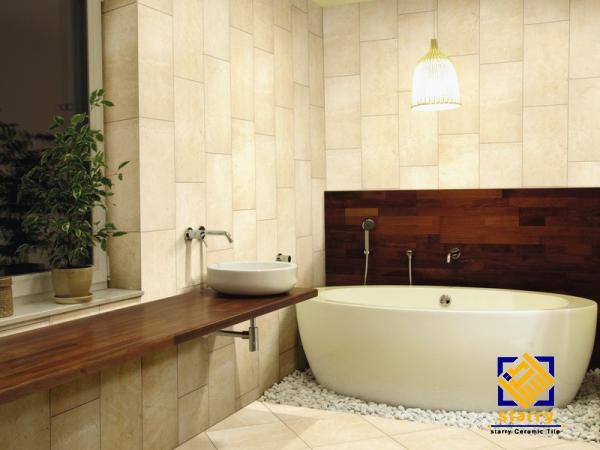 d. Tile Layout and Installation: Prepare a detailed plan for the tile layout, taking into consideration any patterns, borders, or focal points. Start laying the tiles from the most visible area or center point, working towards the edges. Use a suitable adhesive and follow the manufacturer’s instructions for application and curing time. Conclusion: Vintage ceramic tiles can add a touch of elegance and uniqueness to any space, be it a residential or commercial setting. Understanding the factors that influence purchase pricing and adequately preparing for their installation are key to a successful vintage tile project. By considering authenticity, condition, material, size, and proper preparation methods, you can confidently transform your space with the charm and character offered by vintage ceramic tiles.
d. Tile Layout and Installation: Prepare a detailed plan for the tile layout, taking into consideration any patterns, borders, or focal points. Start laying the tiles from the most visible area or center point, working towards the edges. Use a suitable adhesive and follow the manufacturer’s instructions for application and curing time. Conclusion: Vintage ceramic tiles can add a touch of elegance and uniqueness to any space, be it a residential or commercial setting. Understanding the factors that influence purchase pricing and adequately preparing for their installation are key to a successful vintage tile project. By considering authenticity, condition, material, size, and proper preparation methods, you can confidently transform your space with the charm and character offered by vintage ceramic tiles.
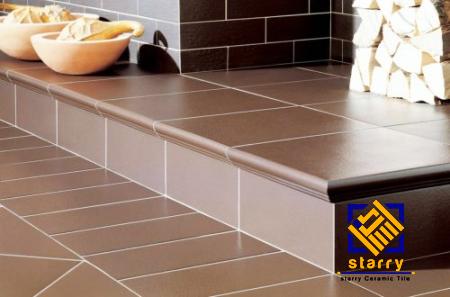
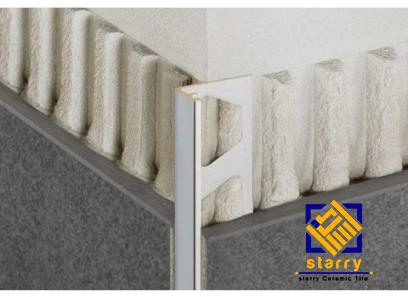
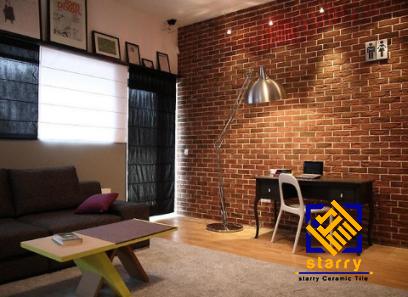
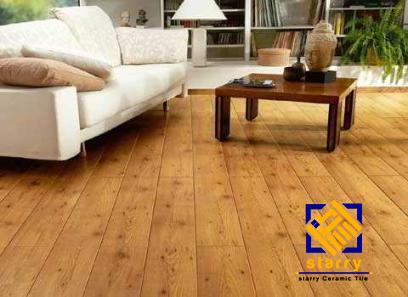
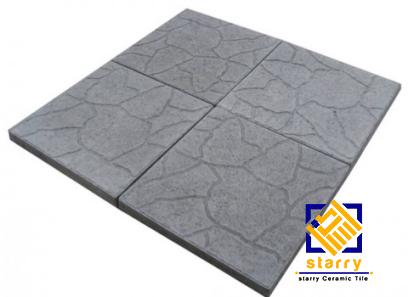

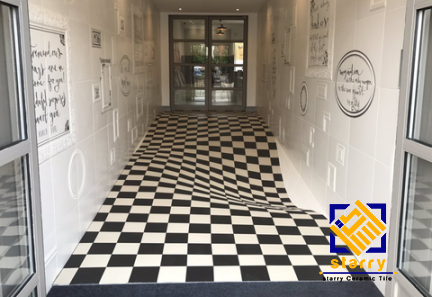


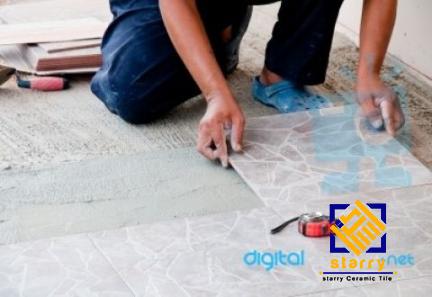
Your comment submitted.